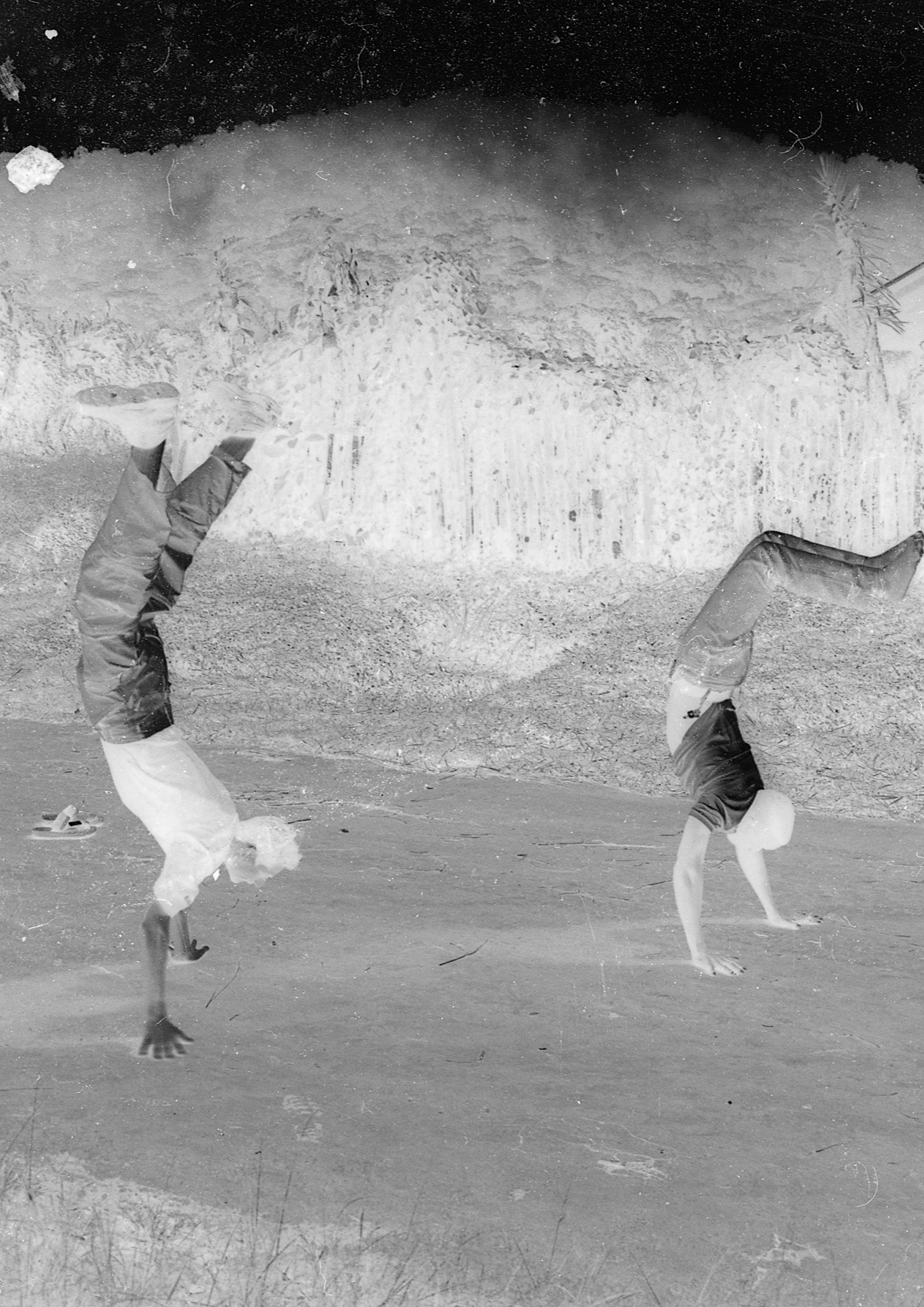The destructive character sees no image hovering before him. He has few needs, and the least of them is to know what will replace what has been destroyed. First of all, for a moment at least, empty space – the place where thing stood or the victim lived. Someone is sure to be found who needs this space without occupying it. The destructive character does his work; the only work he avoids is creative. Just as the creator seeks solitude, the destroyer must be constantly surrounded by people, witnesses to his efficacy. The destructive character is a signal. Just a trigonometric sign is exposed on all sides to the wind, so he is exposed to idle talk. To protect him from it is pointless. The destructive character has no interest in being understood. Attempts in this direction he regards as superficial. Being misunderstood cannot harm him. On the contrary, he provokes it, just as oracles, those destructive institutions of the state, provoked it. The most petty bourgeois of all phenomena, gossip, comes about only because people do not wish to be misunderstood. The destructive character tolerates misunderstanding; he does not promote gossip.
The destructive character sees nothing permanent. But for this very reason he sees ways everywhere. Where others encounter walls or mountains, there, too, he sees a way. But because he sees a way everywhere, he has to clear things from it everywhere. Not always by brute force; sometimes by the most refined. Because he sees ways everywhere, he always stands at a crossroads. No moment can know what the next will bring. What exists he reduces to rubble – not for the sake of rubble, but for that of the way leading through it.
The destructive character lives from the feeling not that life is worthing living, but that suicide is not worth the trouble.
* Text published originally in the Frankfurter Zeitung at 20th November 1931.
Walter Benjamin (Berlim, 1892). Philosopher. Literary Critic. Sociologist. Translator. Wrote among others The Work of Art in the Age of Mechanical Reproduction, Theses on the Philosophy of History and the unfinished work The Arcades Project. Committed suicide while running away from the Nazi Secret Services in 26 September 1940 in Portbou, Spain
The destructive character is the enemy of the étui-man. The étui-man looks for comfort, and the case is its quintessence. The inside of the case is the velvet-lined trace that he has imprinted on the world. The destructive character obliterates even the traces of destruction.
The destructive character stands in the front line of traditionalists. Some people pass things down to posterity, by making them untouchable and thus conserving them; others pass on situations, by making them practicable and thus liquidating them. The latter are called the destructive.The destructive character has the consciousness of historical man, whose deepest emotion is an insuperable mistrust of the course of things and a readiness at all times to recognize that everything can go wrong. Therefore, the destructive character is reliability itself.

